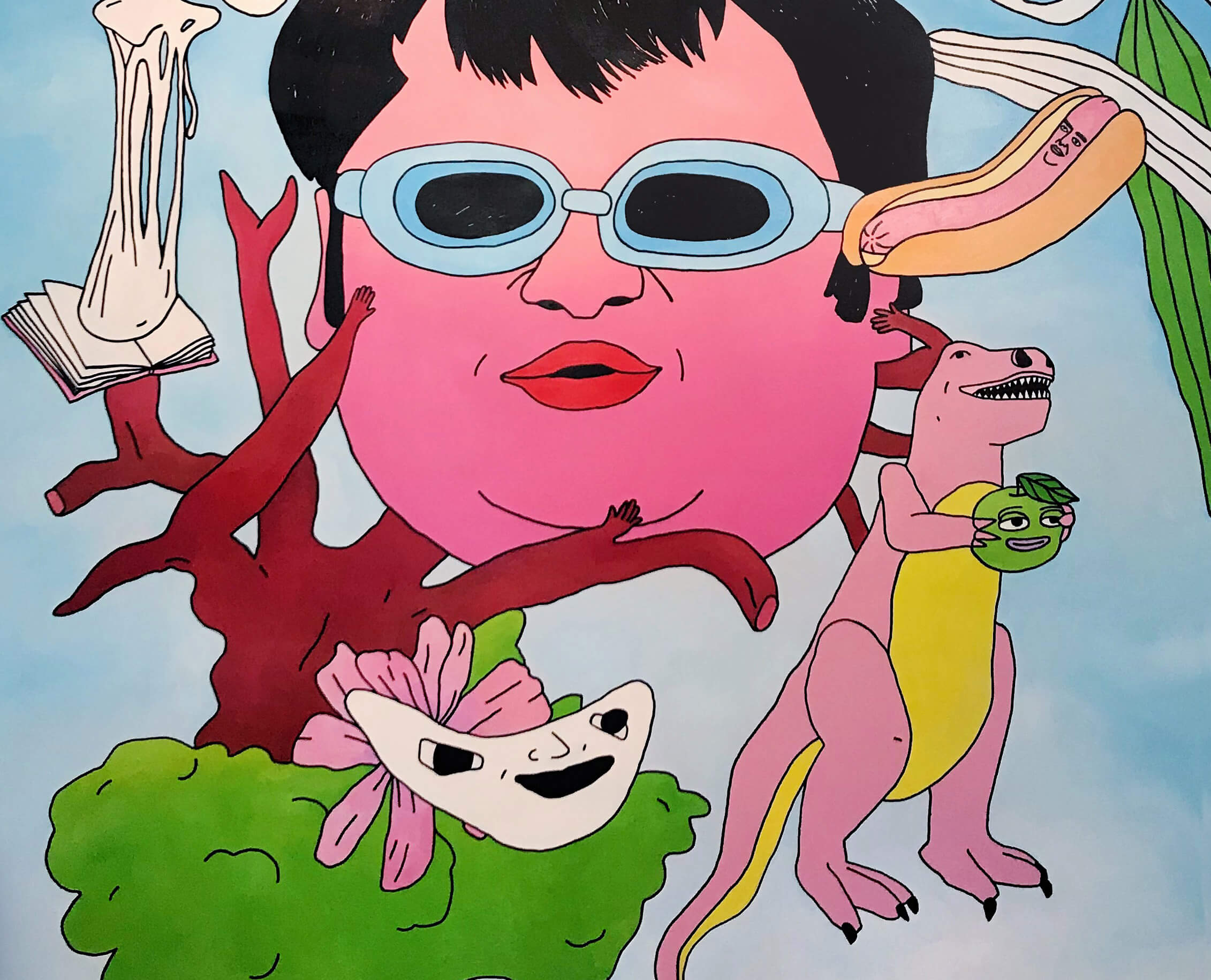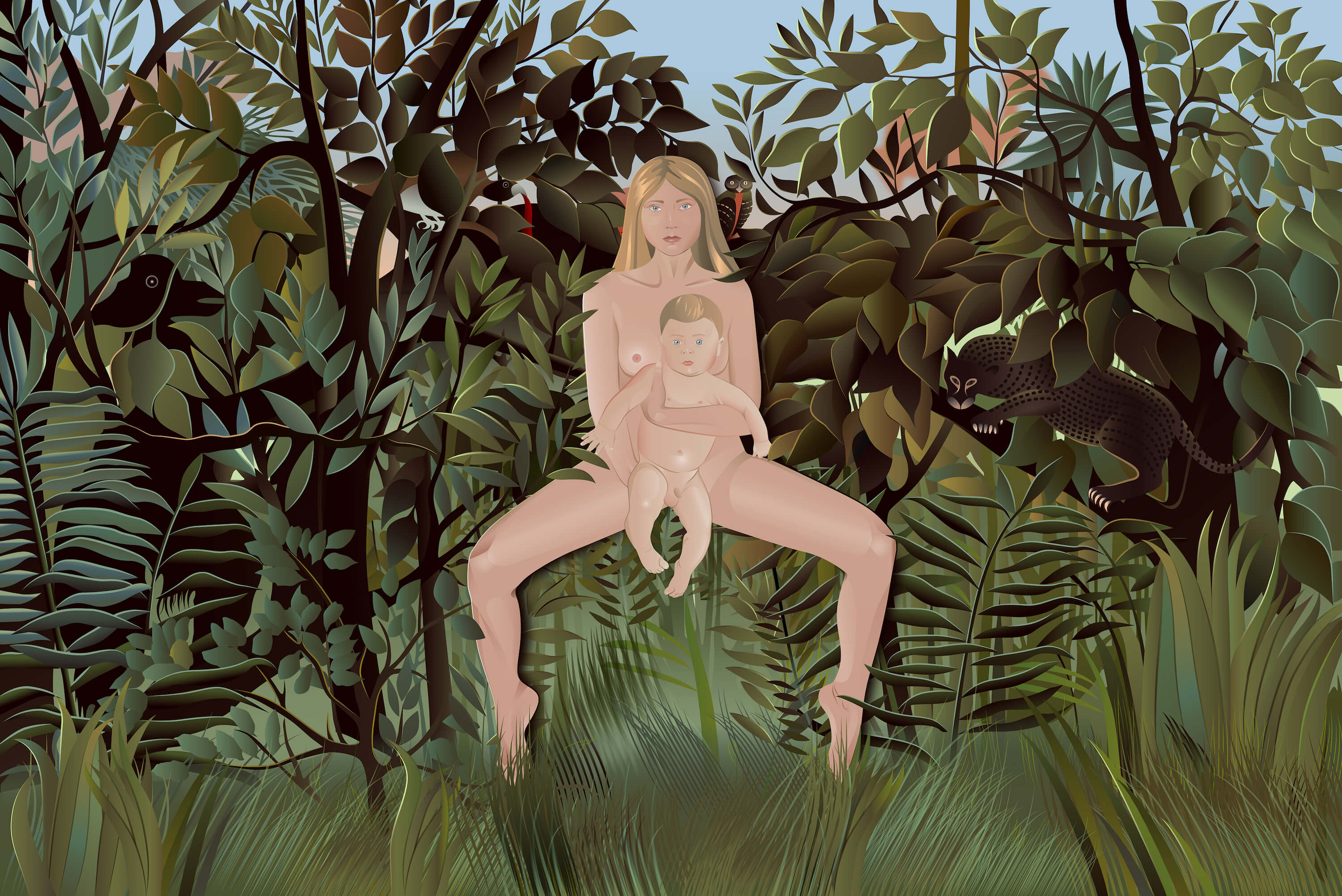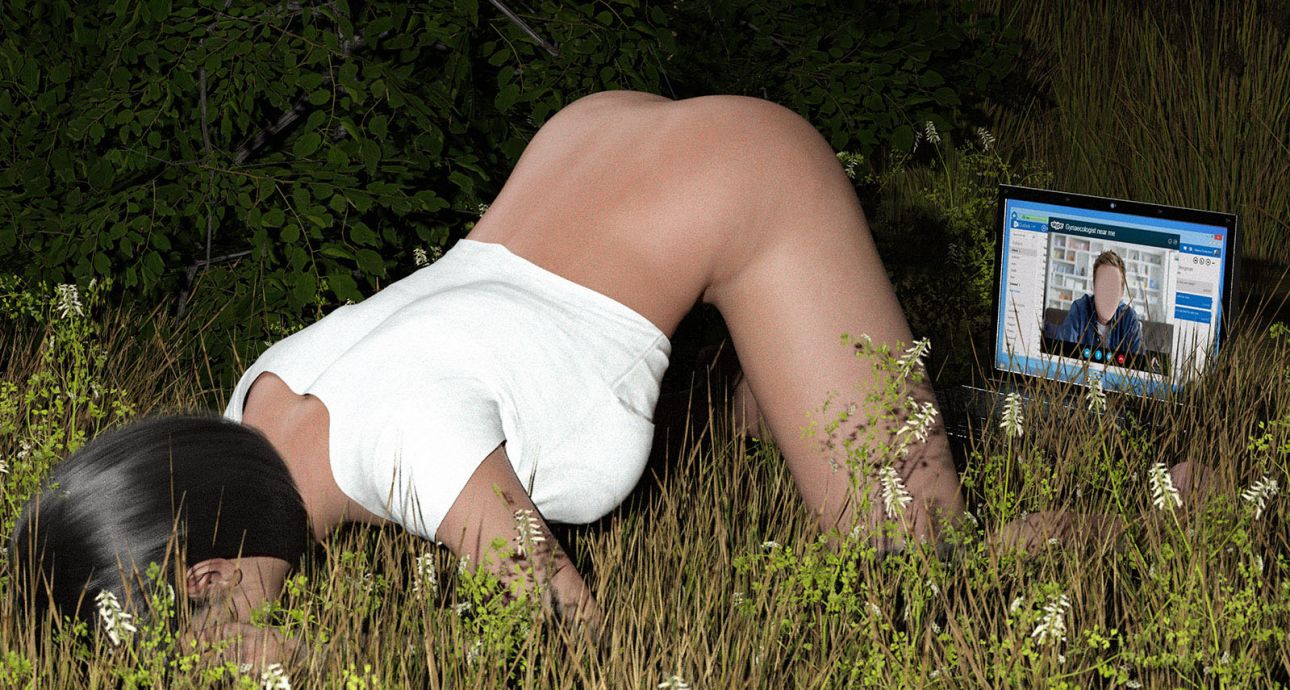
Simulation of unreality in Olga Fedorova’s portfolio
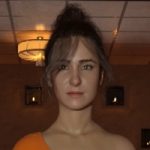
An artist from Moscow, based in Brussels, Belgium. Olga studied at Surikov Moscow State Academic Art Institute and La Cambre National School of Visual Arts (Brussels). She has exhibited her art in England, Belgium, and the Netherlands.
– Daily events, life around me inspire me to create stories. My Instagram is like a notebook where I write down my ideas. There is irony in many of my works, sometimes drama, but I just show what is happening now, trying to be impartial.
I came to 3D graphics in 2015 after being engaged in painting – I moved a lot, I didn’t have a studio, but I always had my computer with me. Usually, I use ready-made models, modifying them, but there are also things that I create myself. I also have a scanned model of me, so my face often appears in the images – for example, in ‘Collaboration 2.’ I work with Daz Studio, 3ds Max, ZBrush, After Effects when building animations, and Marvelous Designer when making clothes.
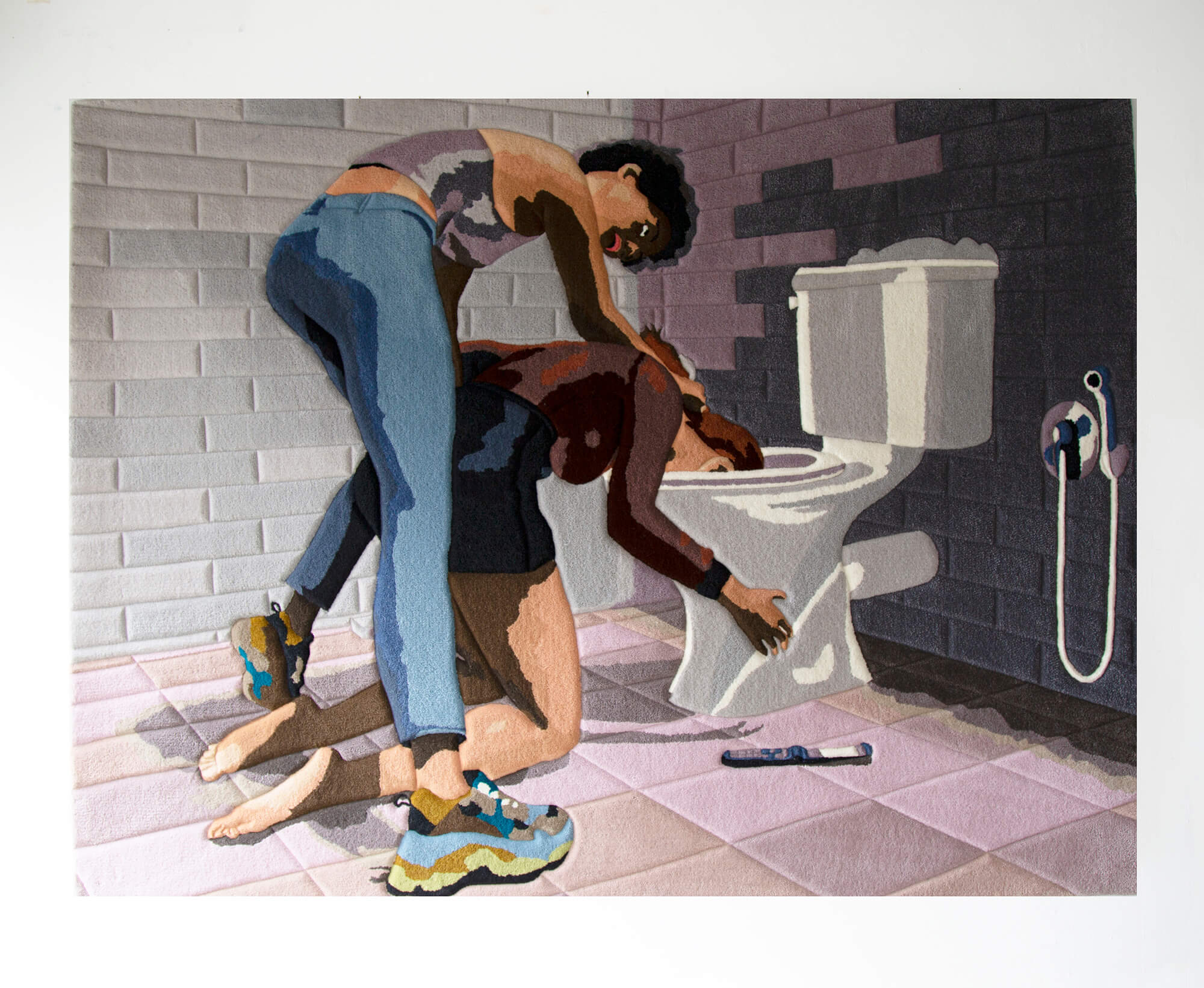
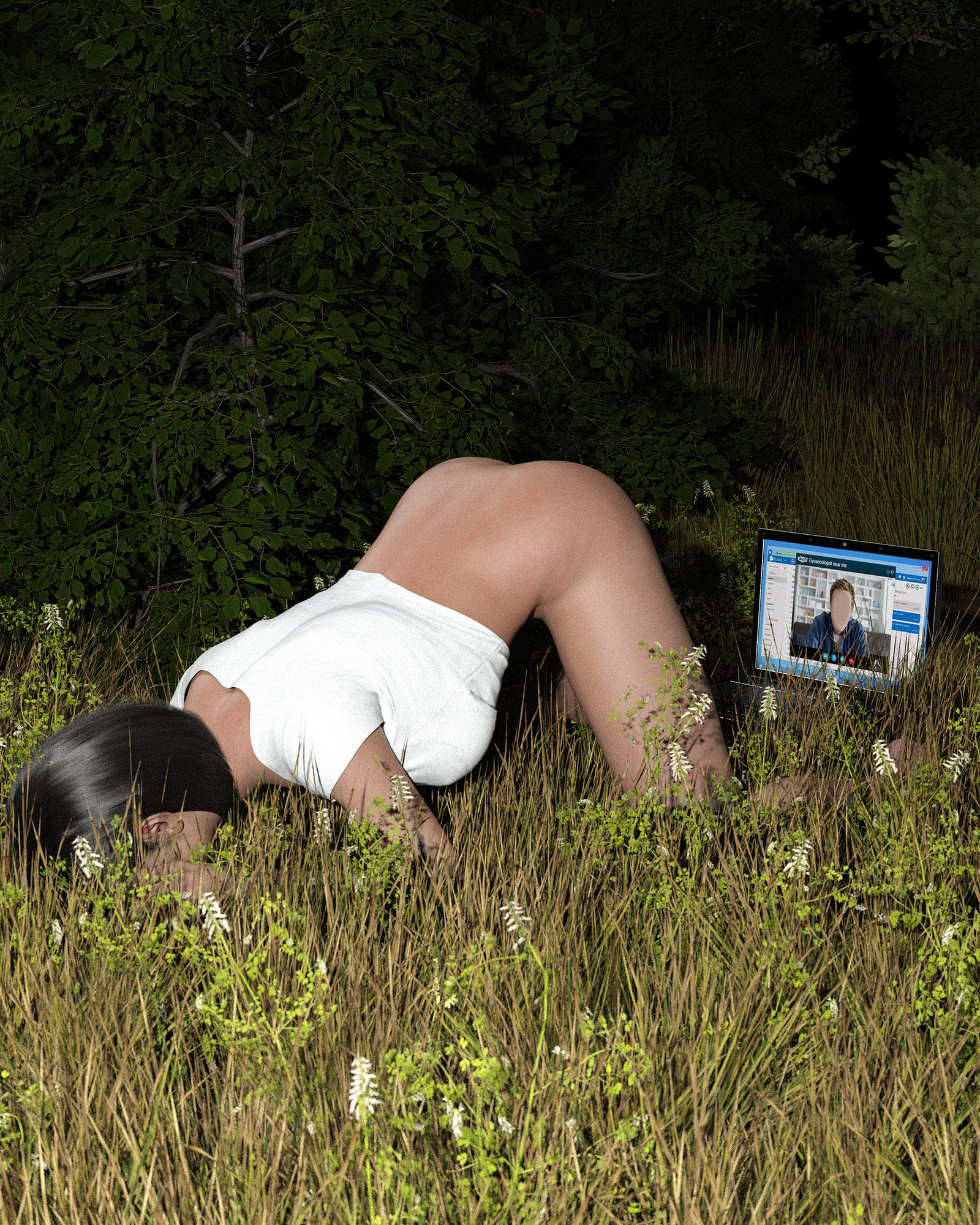
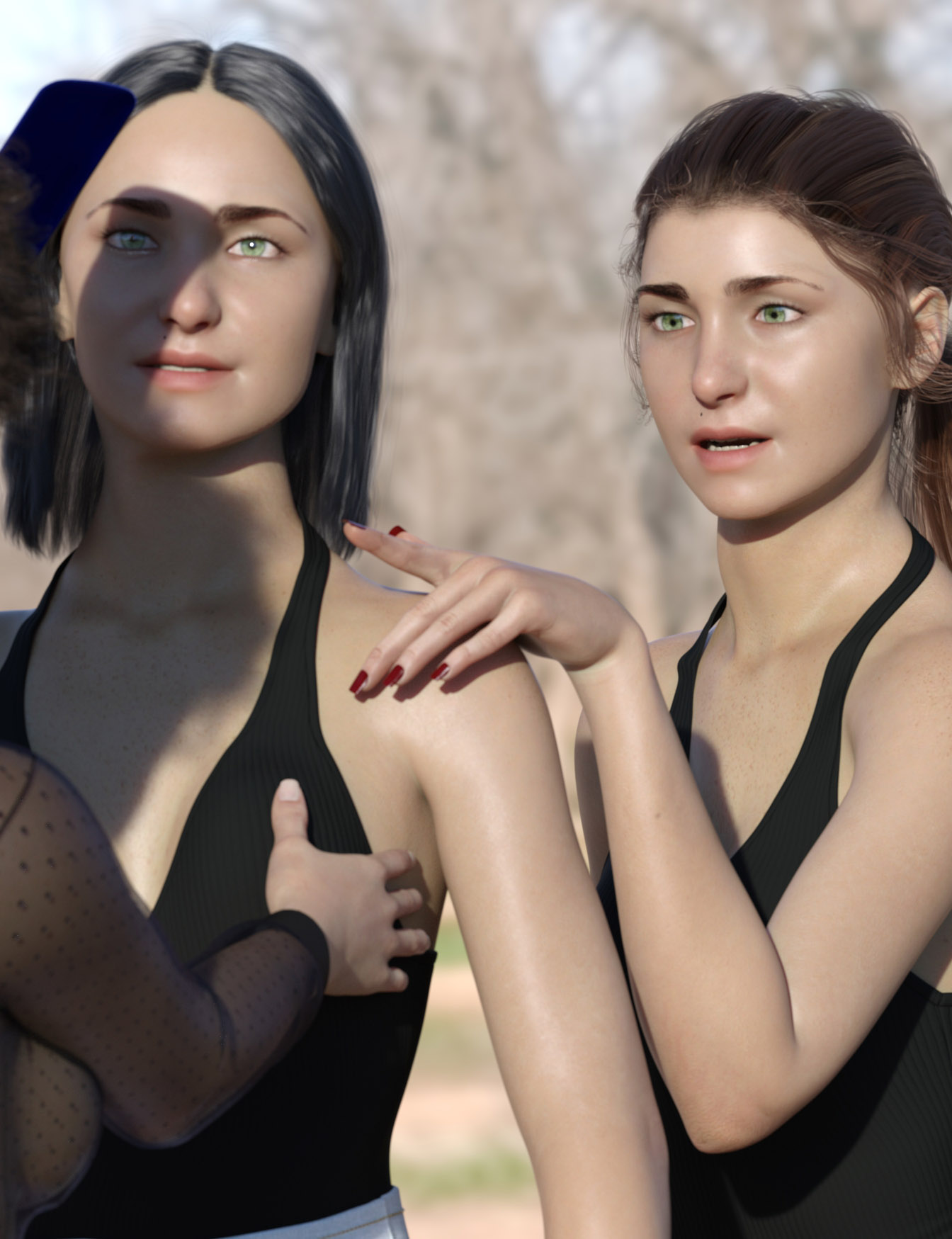
I don’t like talking directly about the creative process because it’s like photographing music, but I do like to see the audience’s reaction and receive feedback. For example, I’ve created an artwork on carpet called ‘Collaboration,’ where one girl holds another by the hair above the toilet. Some people think that she tries to punish her for something by dunking her head in the toilet bowl, but this is not so. Instead, it’s about that one friend who holds your hair when you get sick.
The title of the works plays an important role. There is, for example, an image of a naked woman lying with her legs apart in front of a laptop. Is this about pornography? No, the work is called Gynecologist Online. It is about the fact that many women could not get to the gynecologist during the pandemic, so some specialists conducted such online examinations.
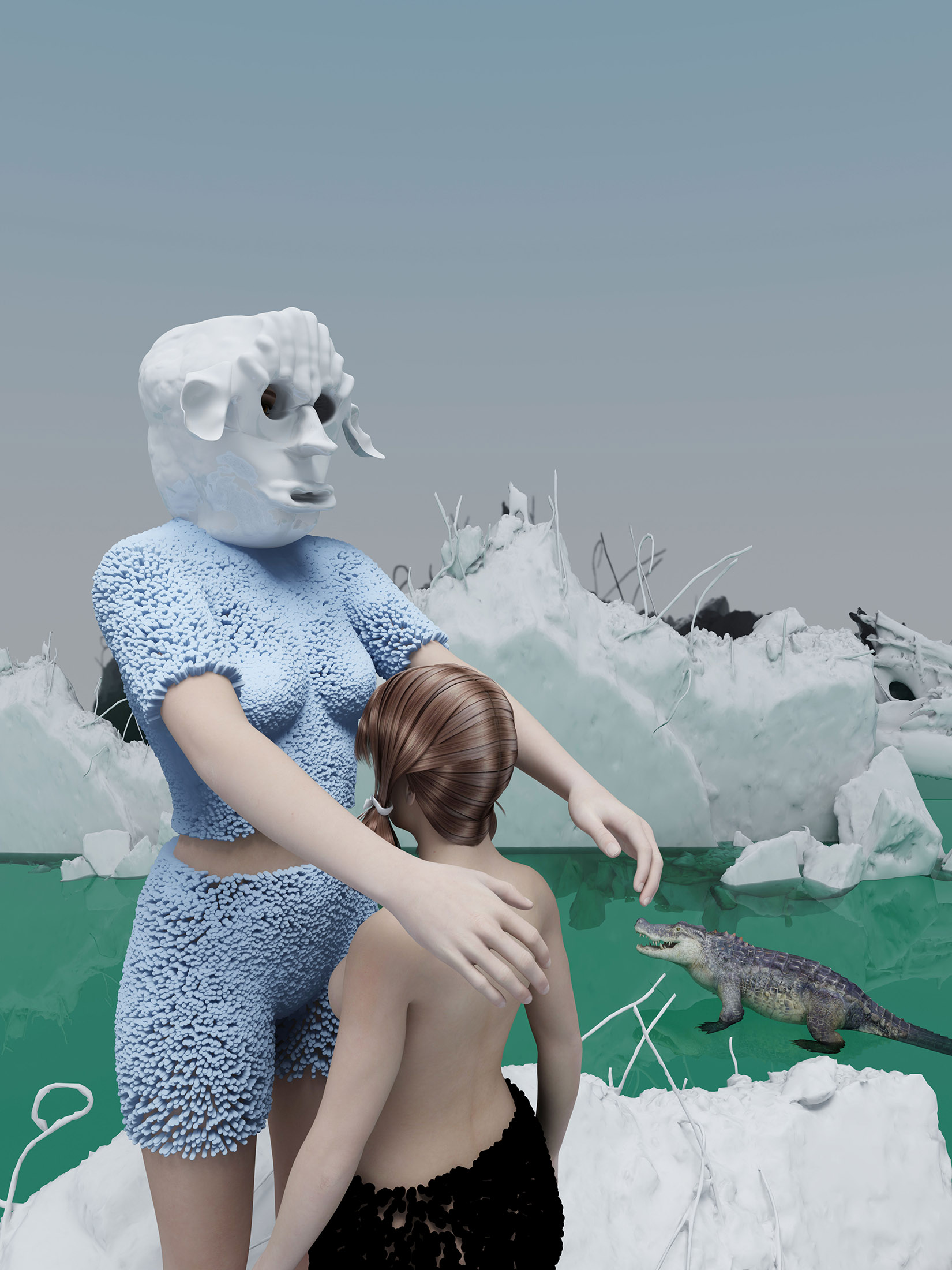
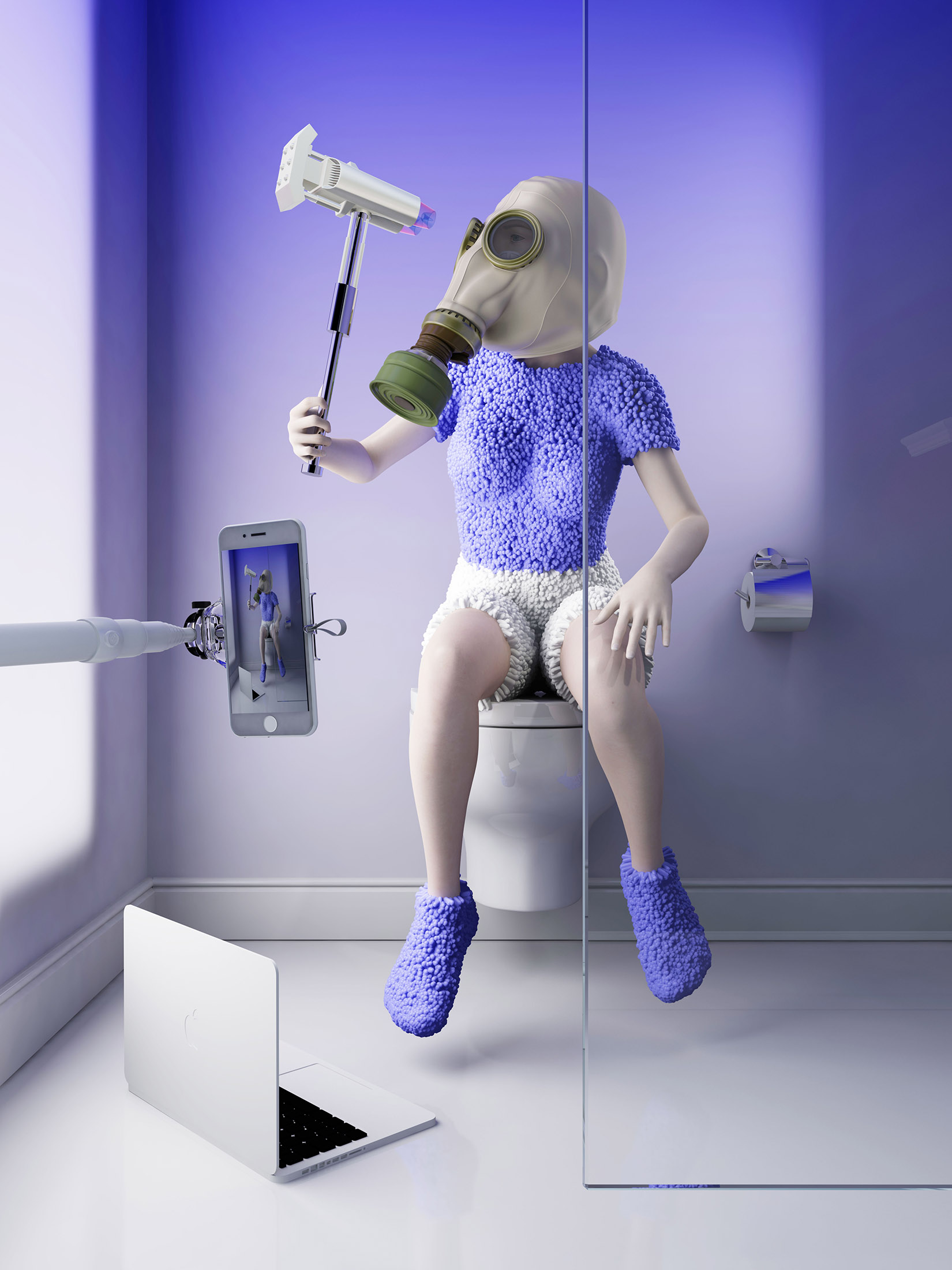
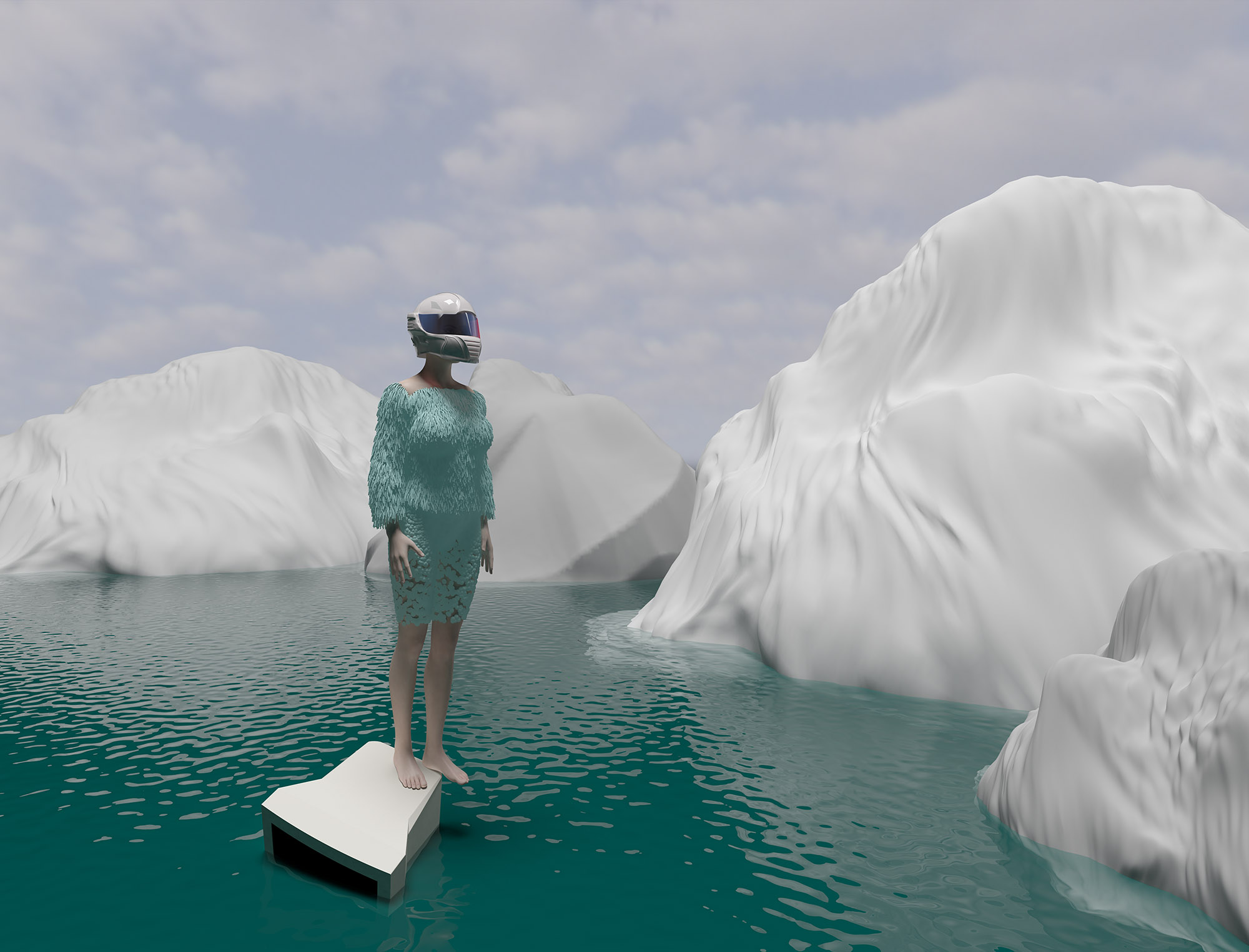
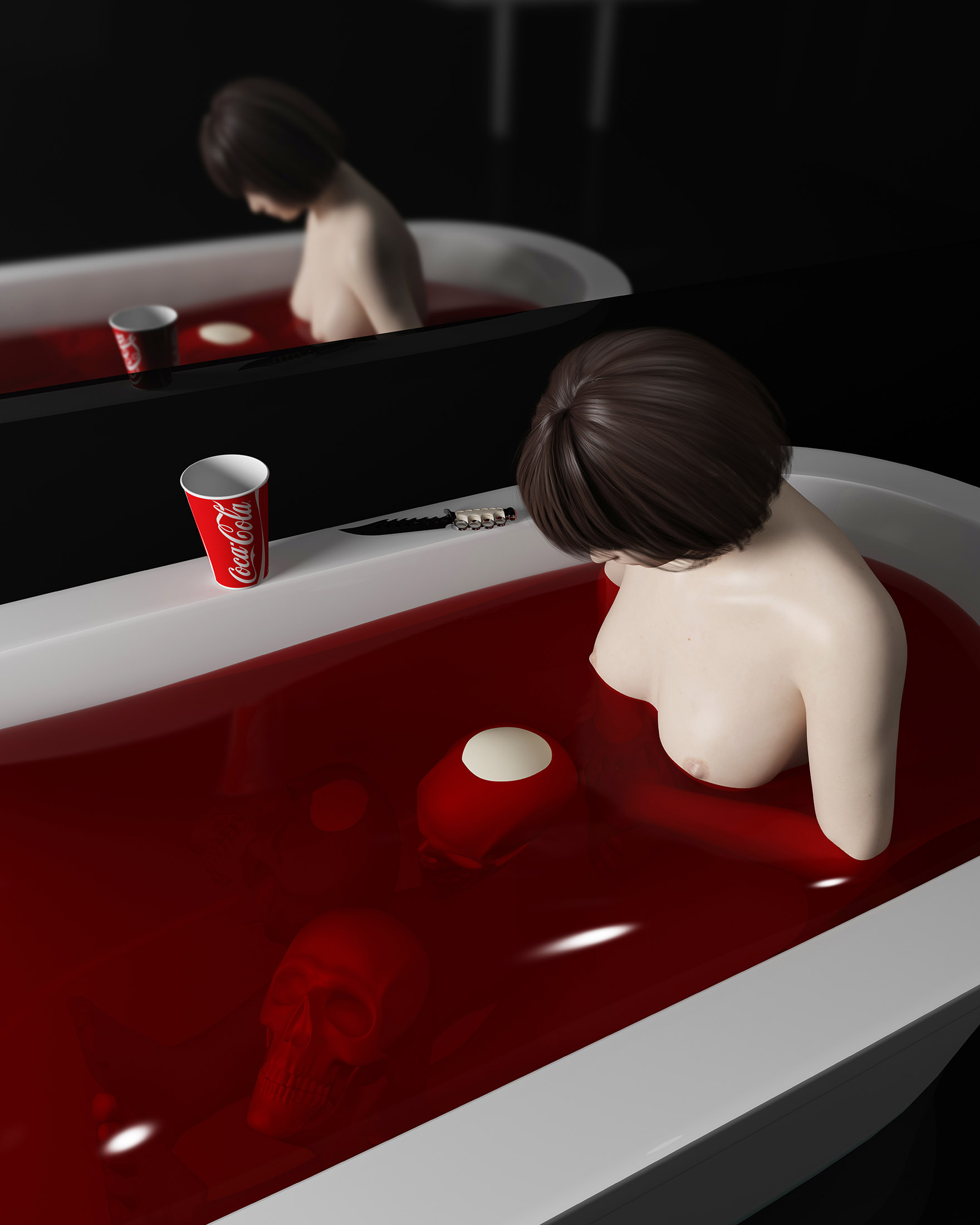
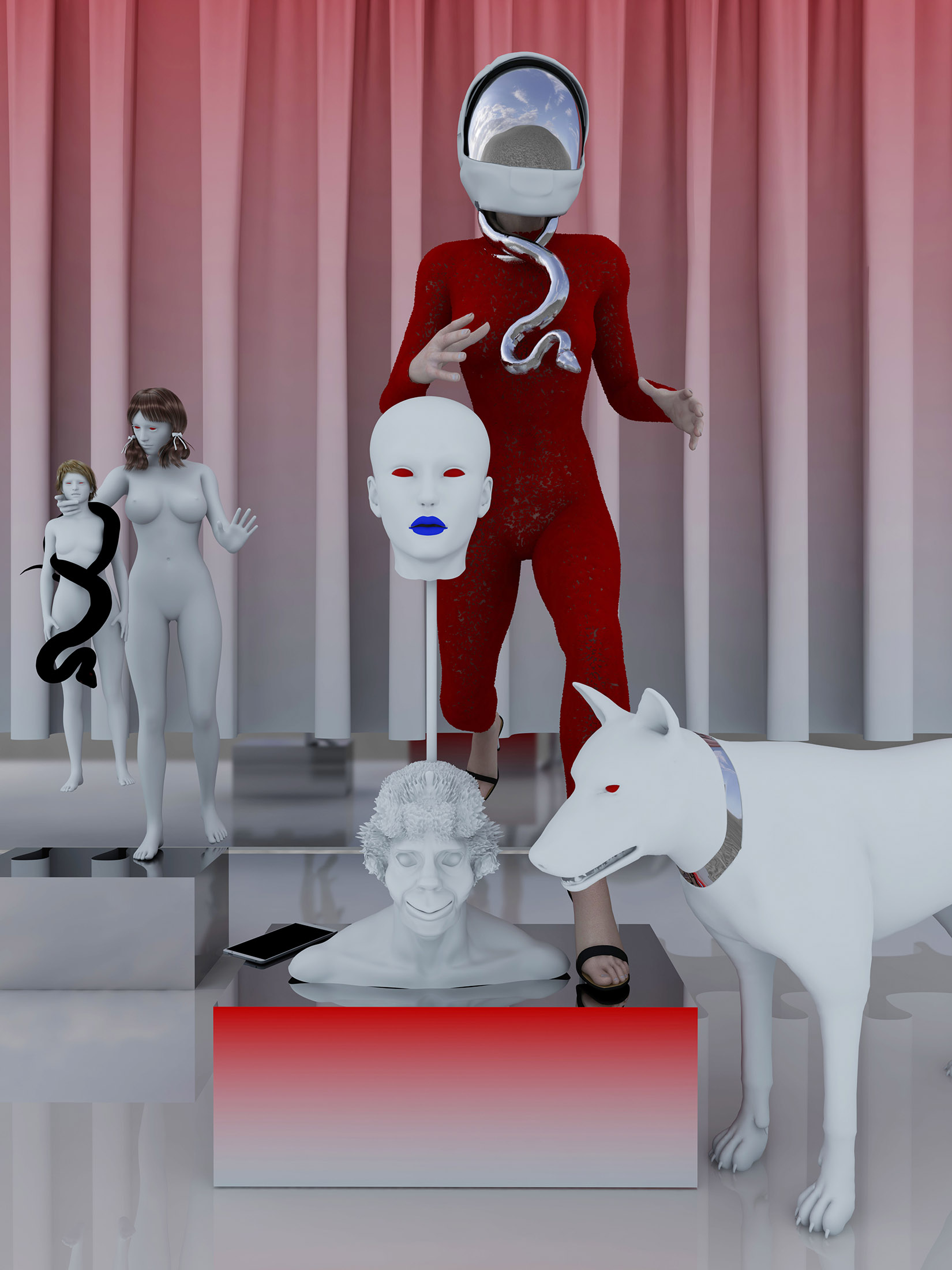
I like collaborations – I did them, for example, with the designer Adriana Hot Couture, the women in my artworks were wearing this brand’s clothes. And I created two record covers and cassette covers for electronic musicians.
I choose the medium for presenting my works based on the exhibition space and the general idea. It can be video, print, or sculpture. I especially love lenticular printing – it reminds me of postcards which change as the image is viewed from different angles. Using this method, you can give your work depth and volume. You find yourself standing near a 90×120 cm picture, feeling that you are inside it.
I have a scanned model of me, so my face often appears in the images.
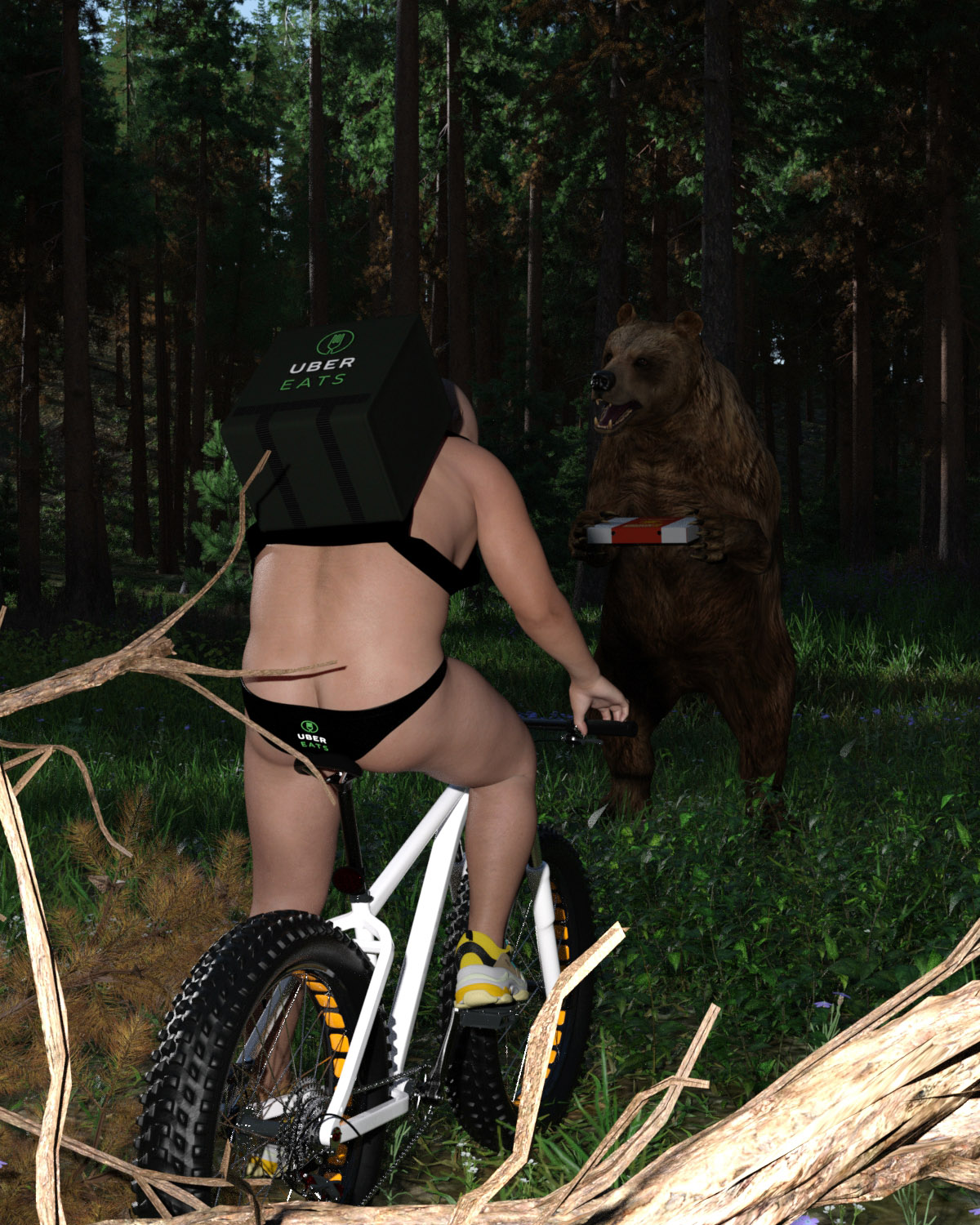
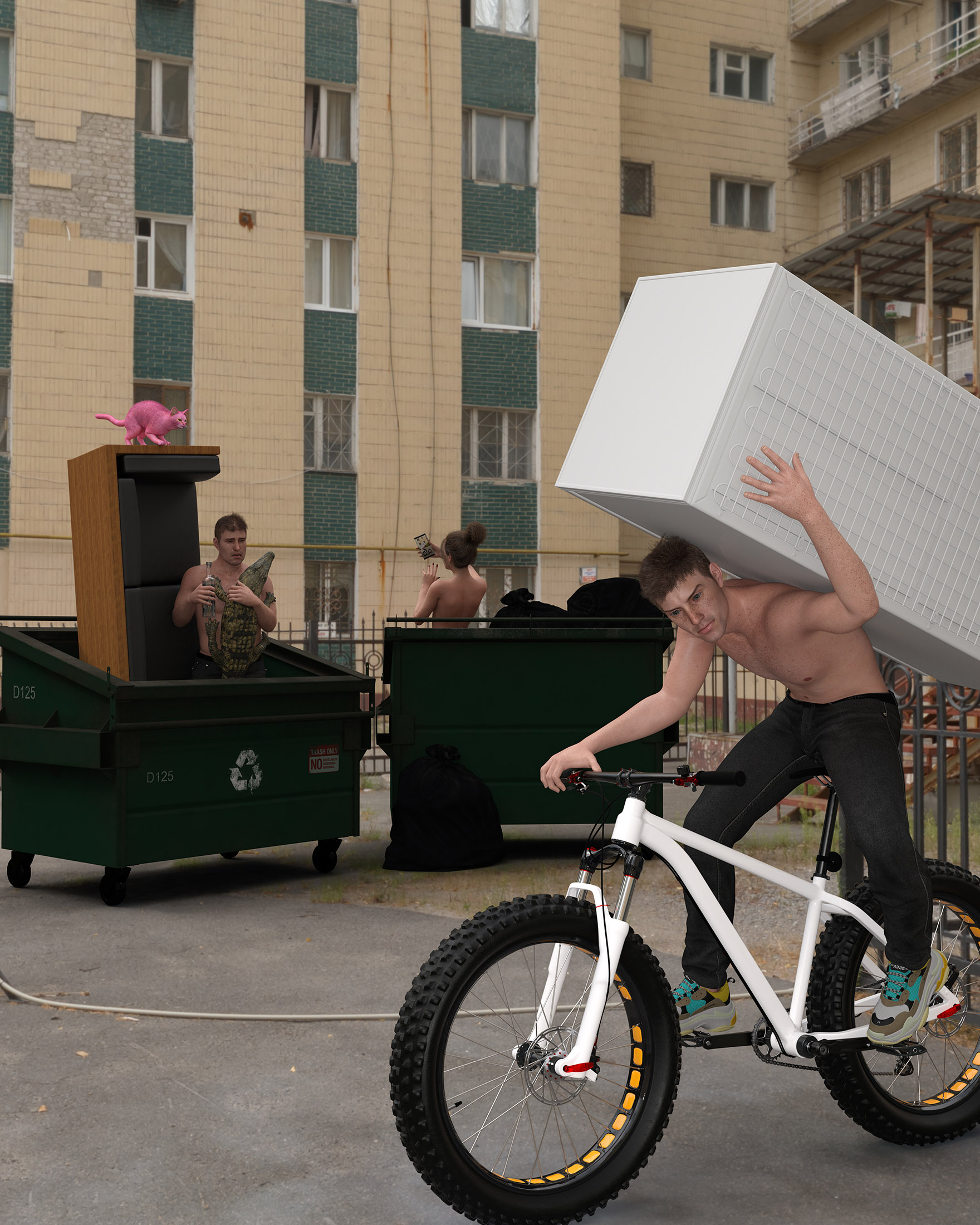
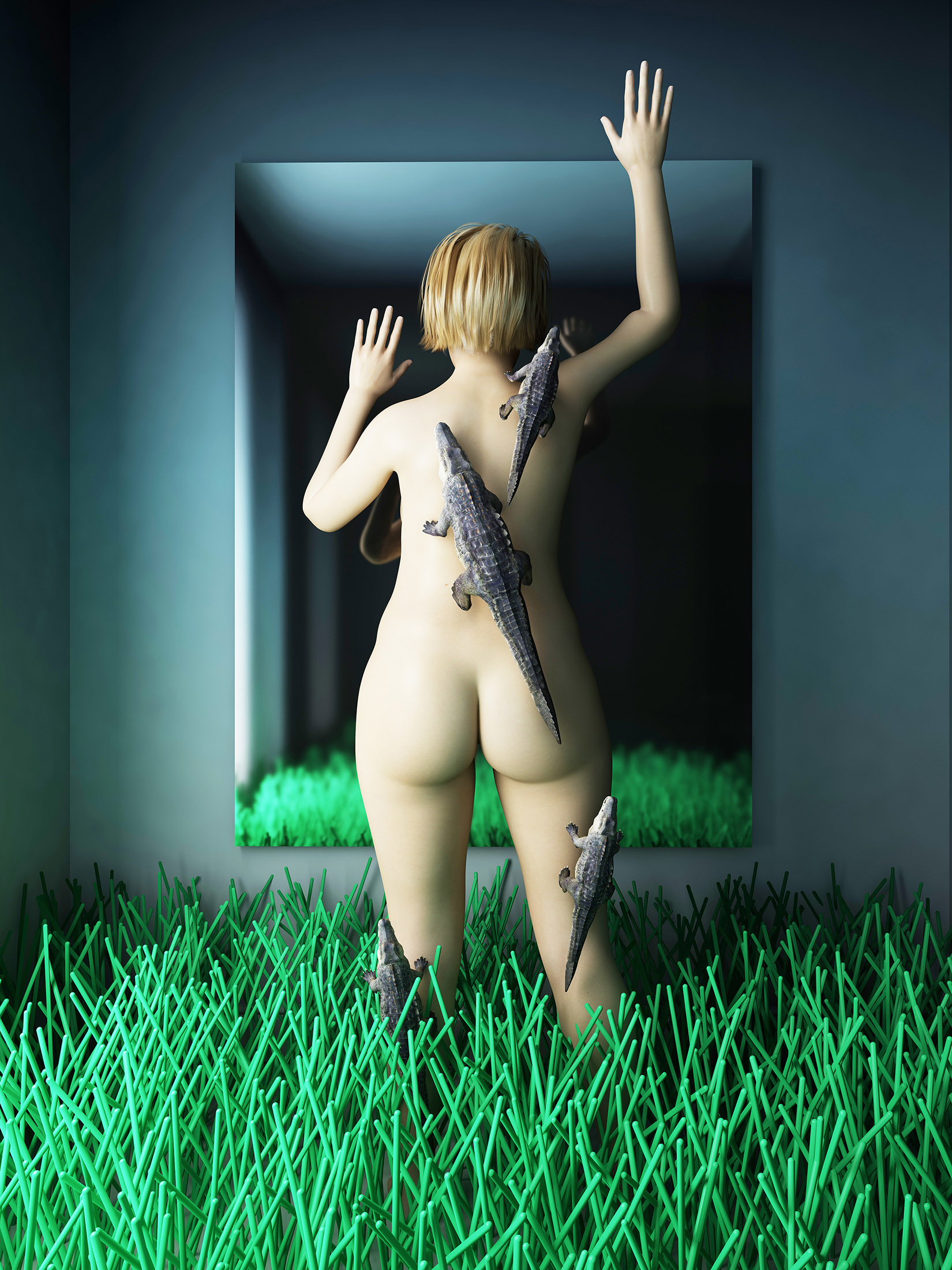
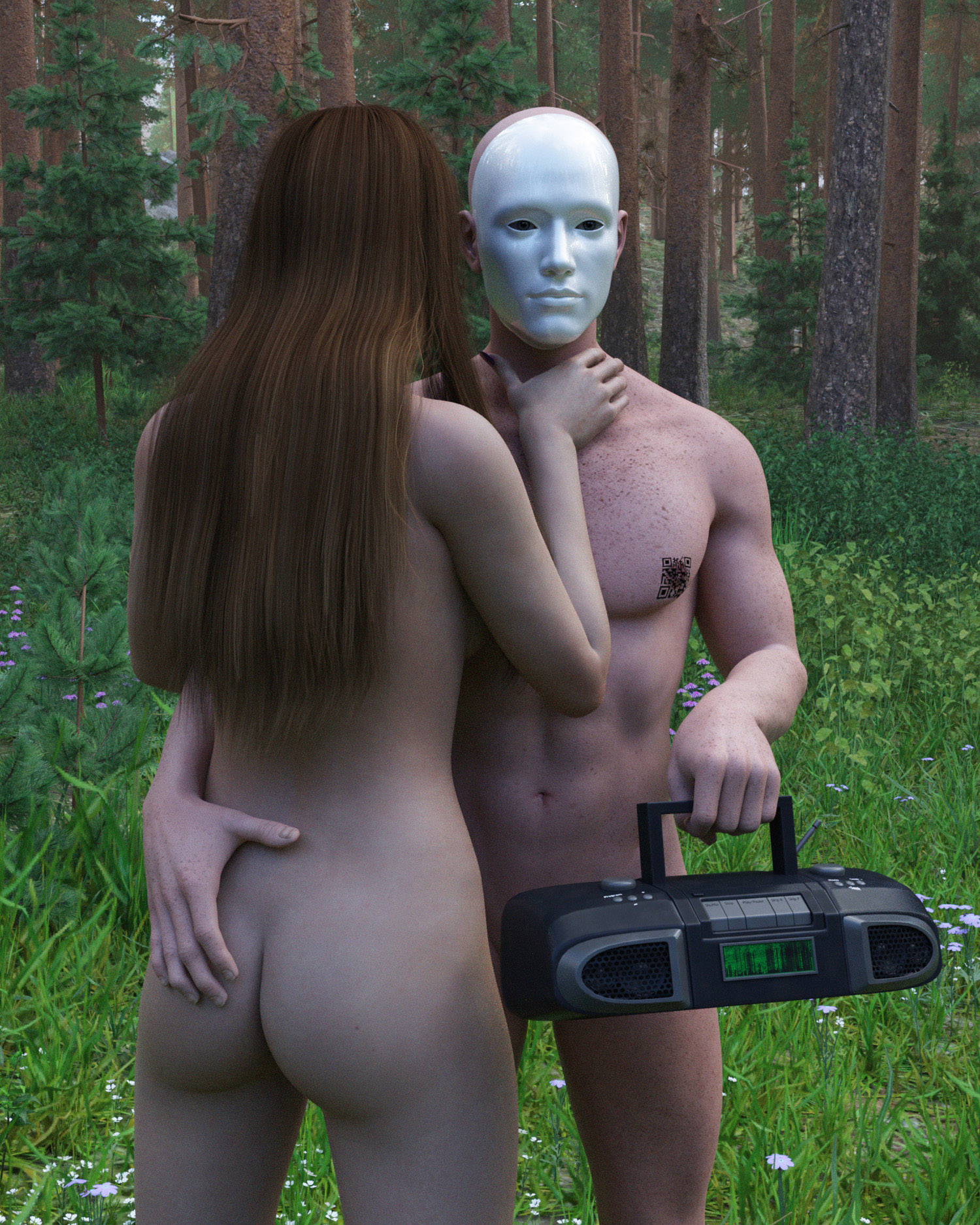
Being an artist is my job. Income is generated by sales from exhibitions, collaborations, and now also NFT. I started exhibiting on NFT platforms a bit late, but I have dreamed about this for a long time, like, probably, any digital artist – no need to think about printing, you can just prepare files. So far, I have sold two works: one, on a trial basis, for only 0.35 Ethereum (about 800 euros) on the Foundation platform, the second for about 2 thousand euros. At the same time, the first one is now exposed on the secondary market for 2 Ethereum, bringing me a 10% profit. Today, NFT platforms are gaining popularity. You can buy printed works for $2-3 – this is how artists support each other. But this is not a photo stock platform; if something is actively bought, it rises in price.
I think a lot about what legacy will remain after us. Now everything is stored in the phone, in cloud storage. Do I need to leave passwords, such as access codes to digital wallets, as a legacy? To me, it seems necessary.
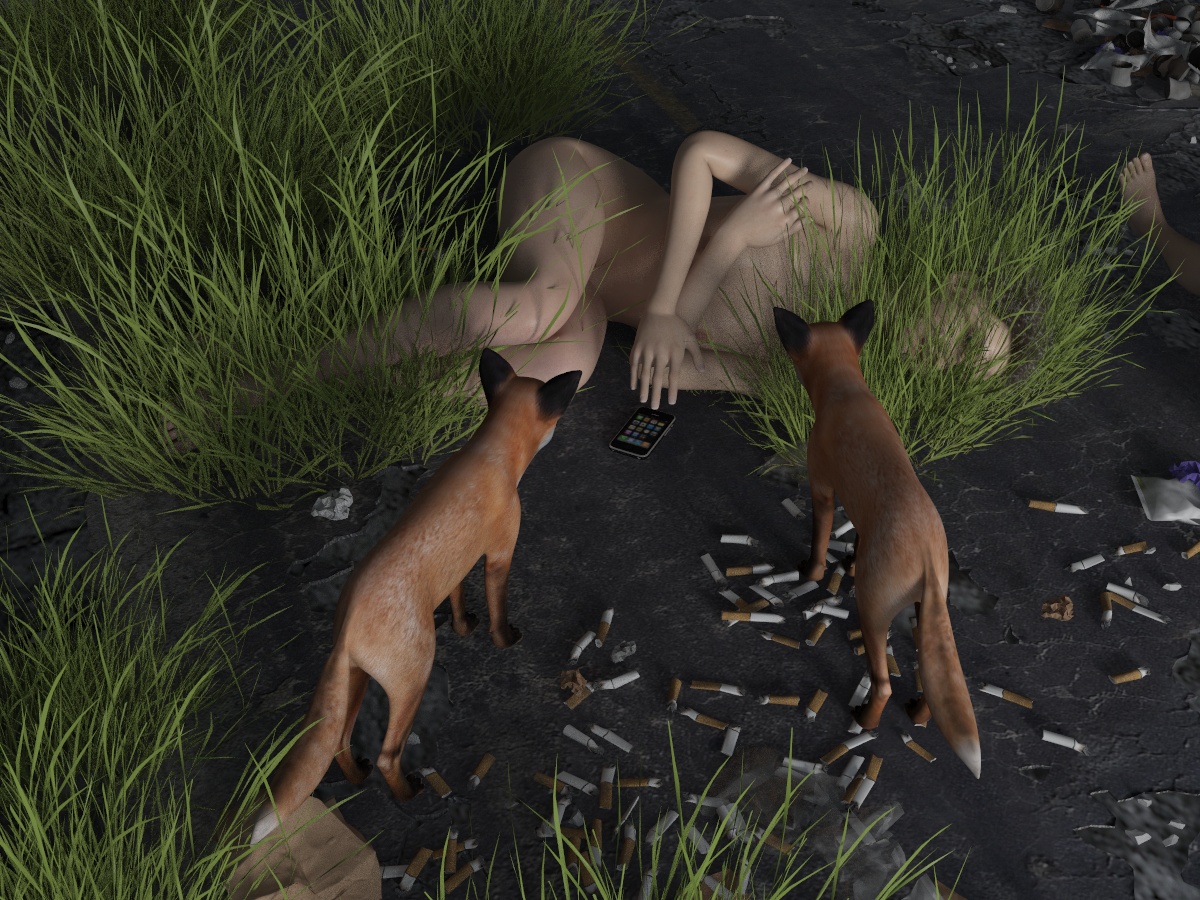
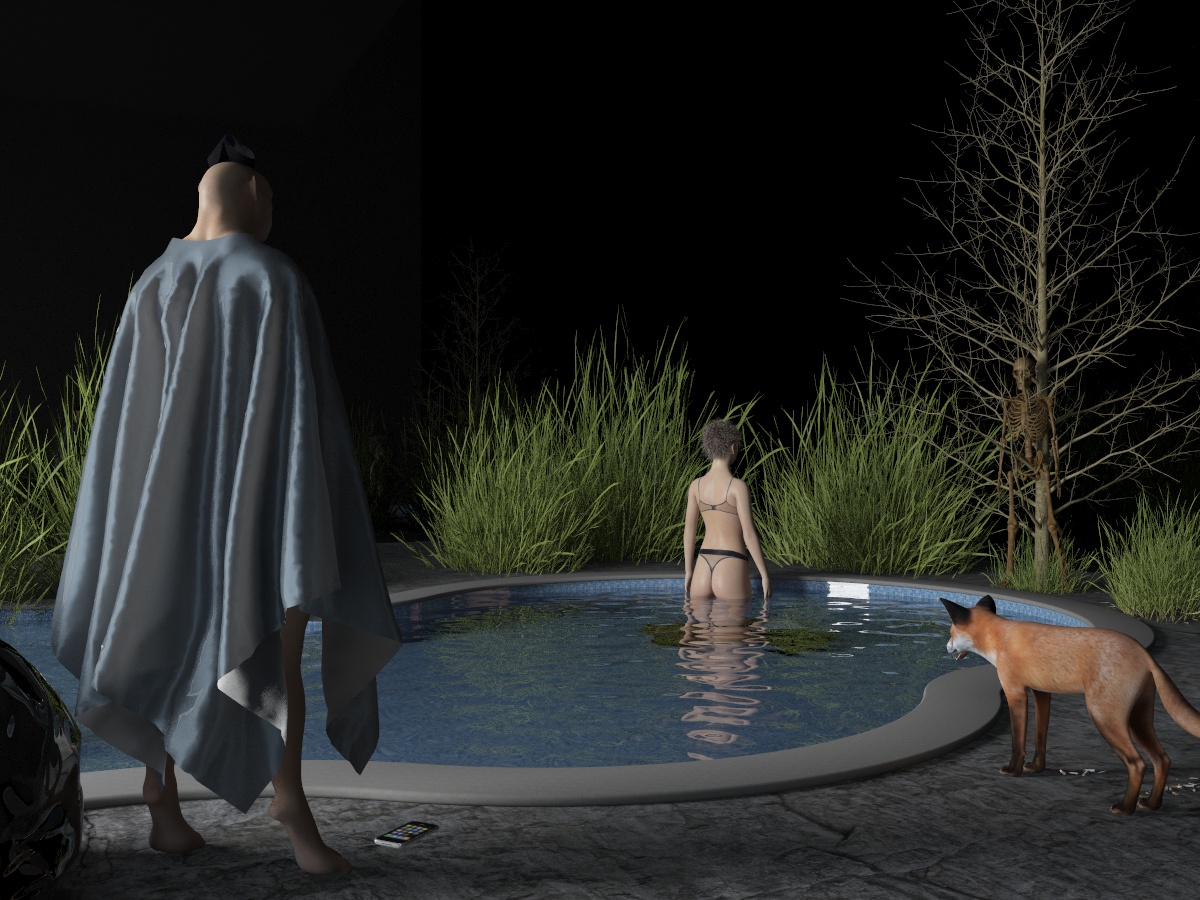
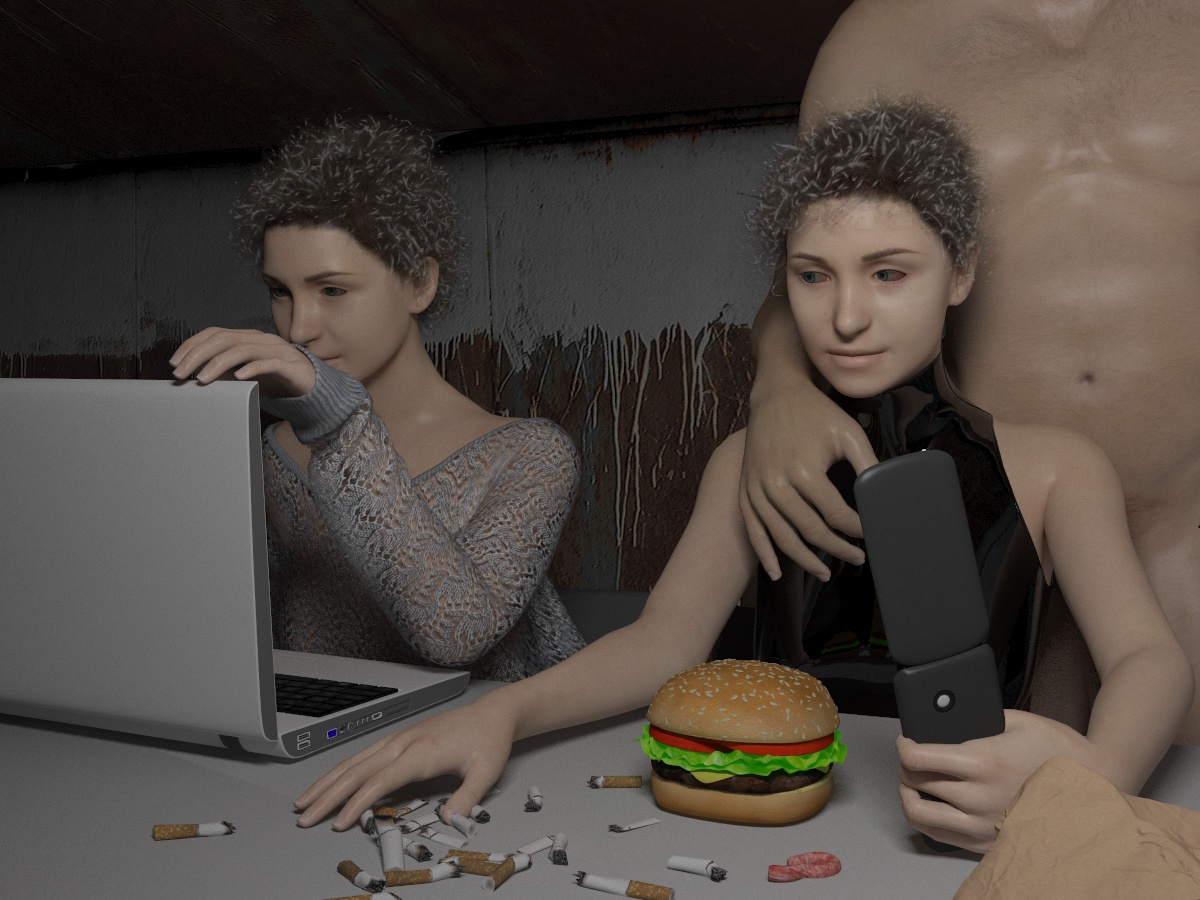
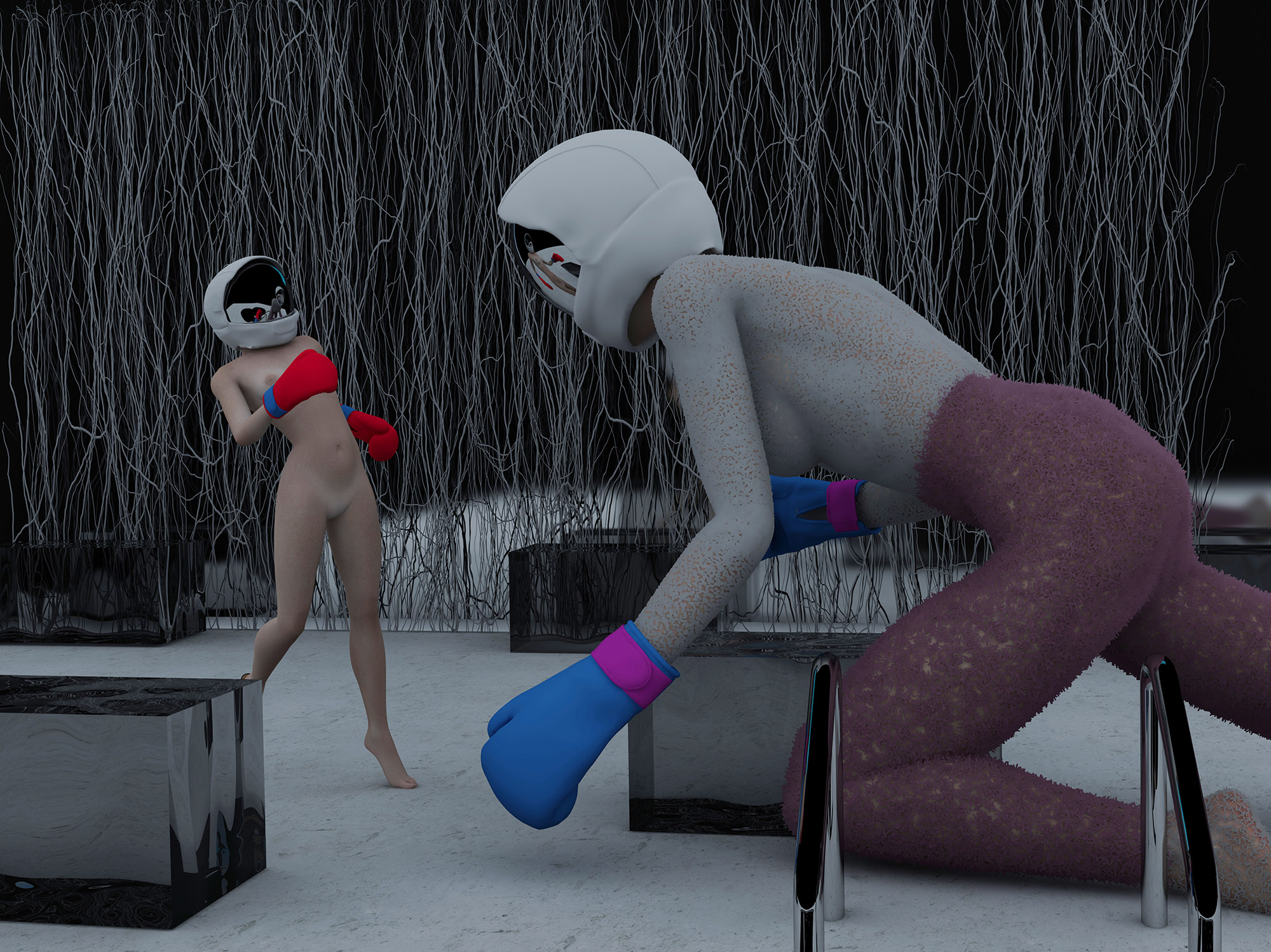
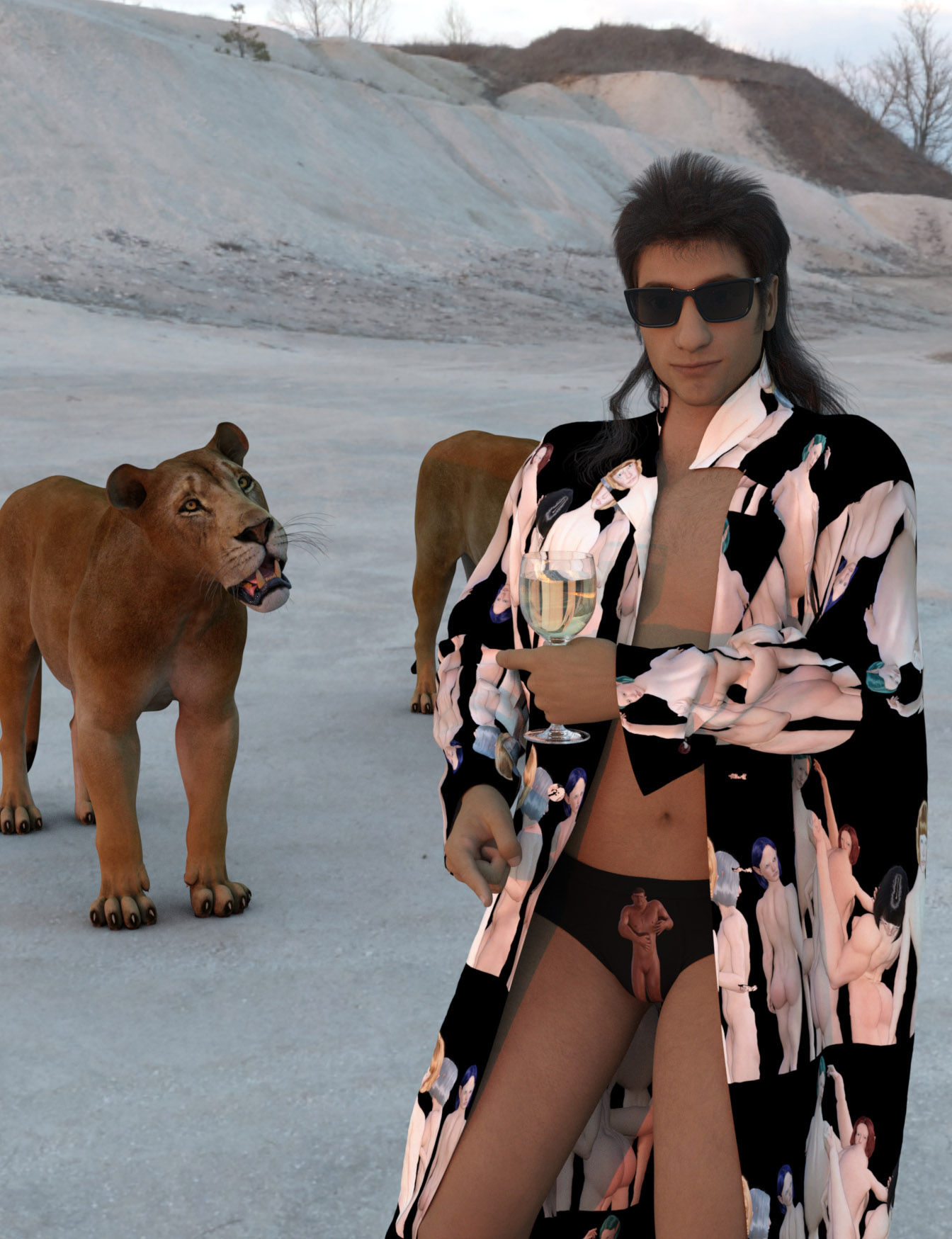
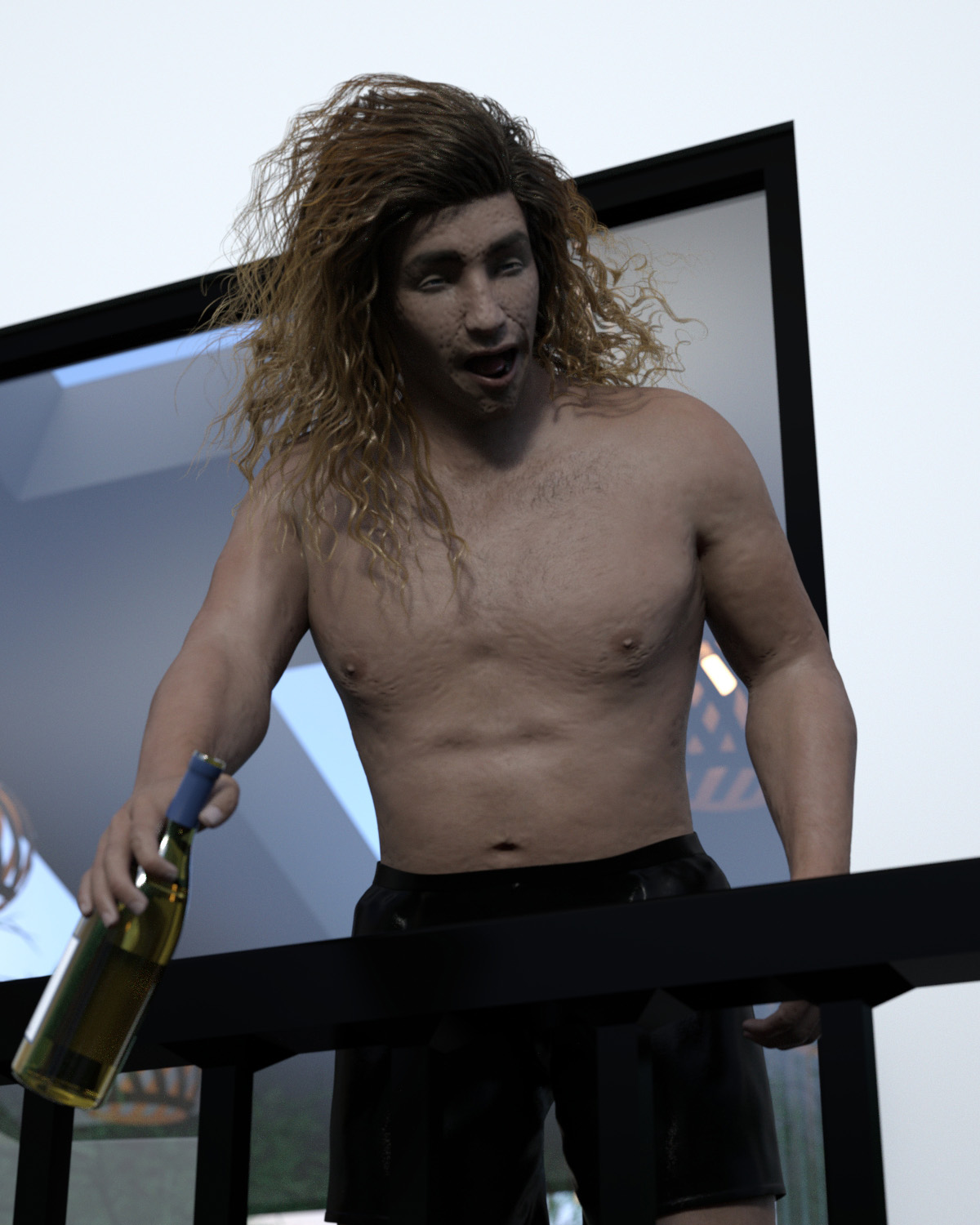
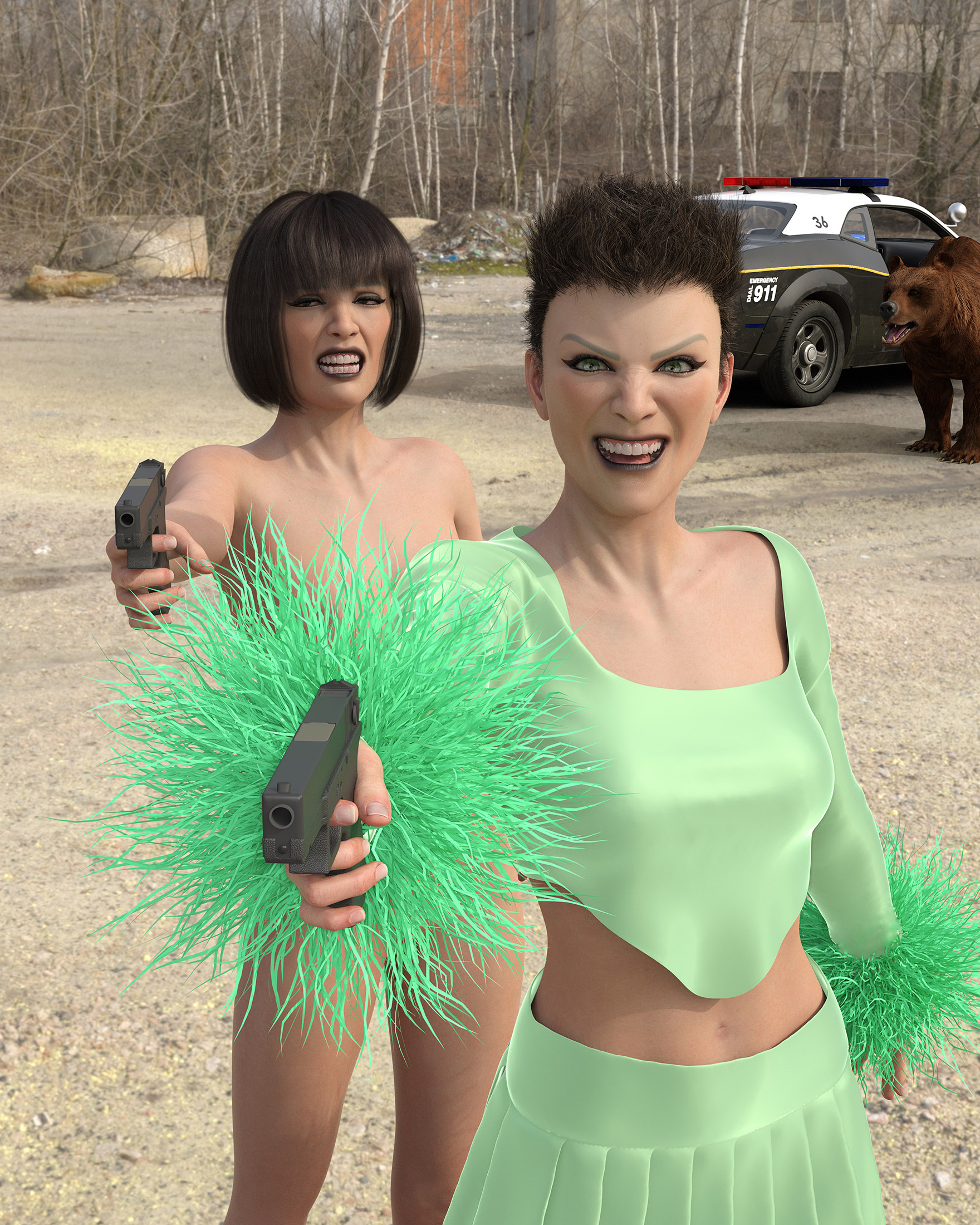
Collaboration with designer Adriana Hot Couture
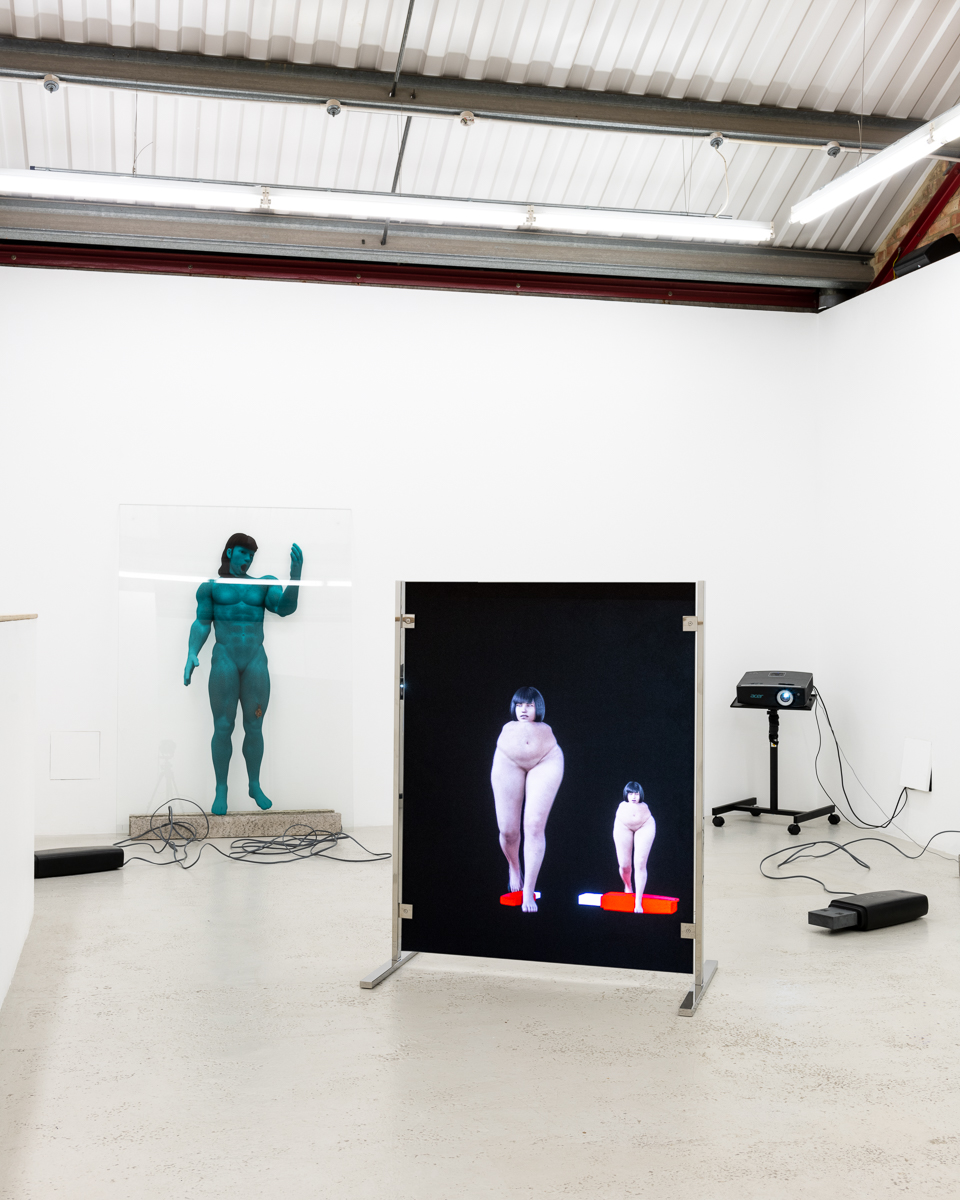
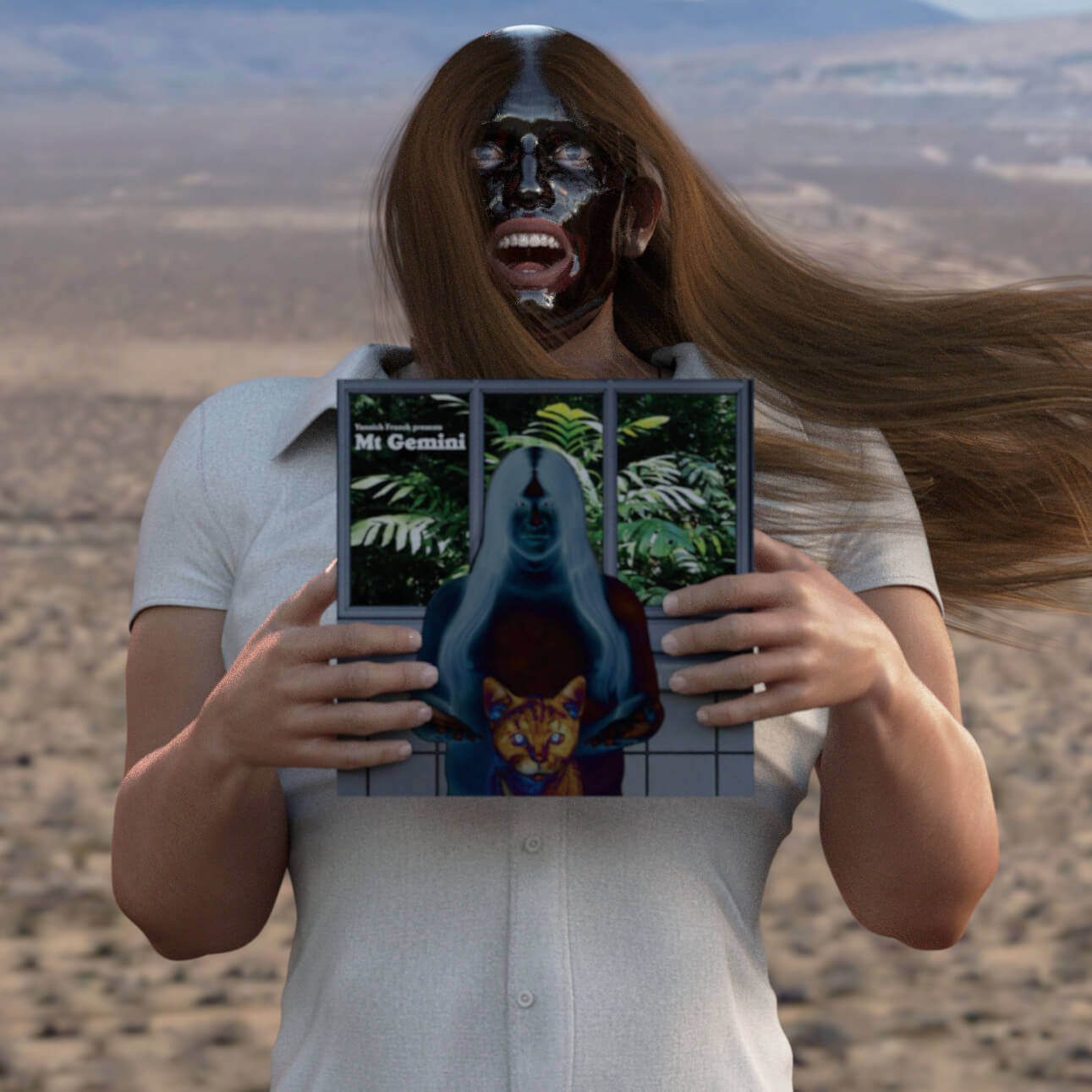
A vinyl cover for the Belgian musician Yannick Franck
New and best
